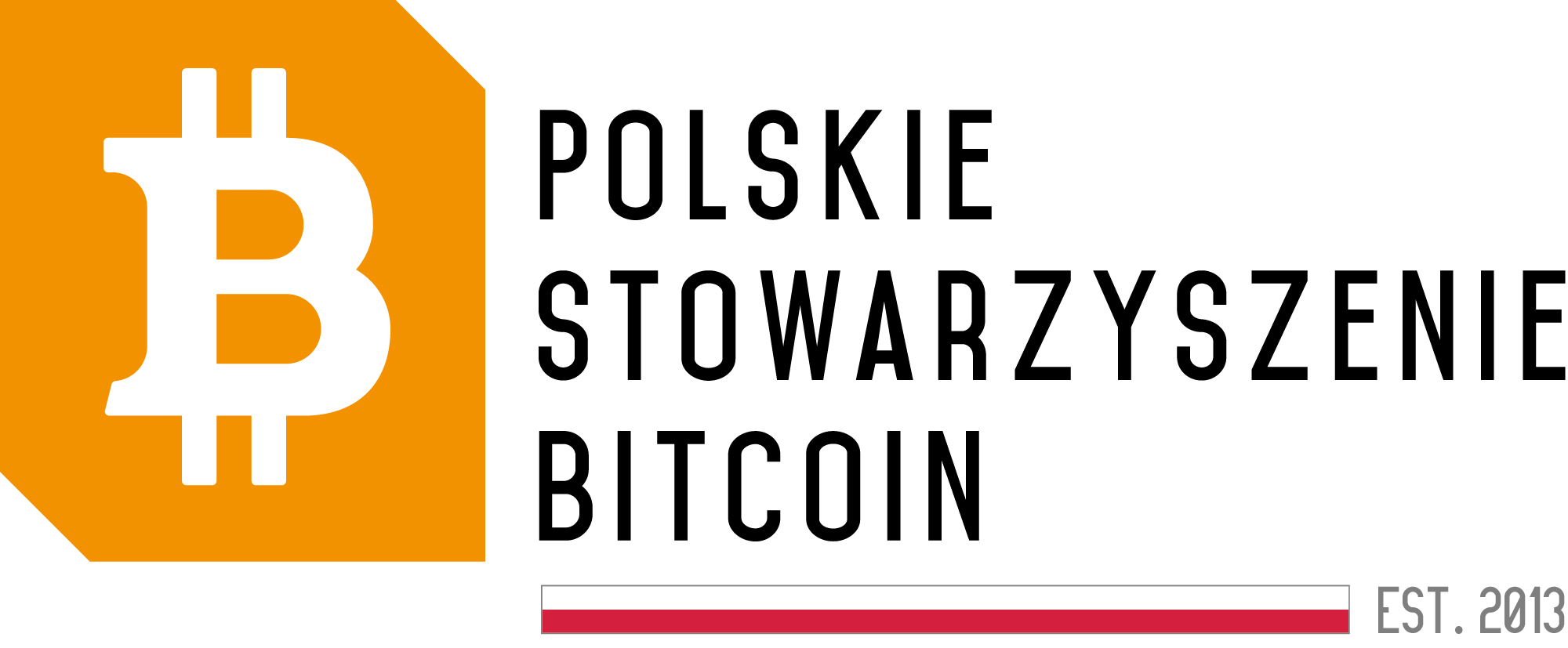difficulty bomb
The term „difficulty bomb” refers to a phenomenon occurring in the crypto-assets market, which involves a sudden increase in the difficulty level of mining a cryptocurrency. This concept is particularly relevant in the context of cryptocurrencies based on the Proof of Work algorithm, such as Bitcoin.
How does the difficulty bomb work?
In the case of cryptocurrencies based on Proof of Work, like Bitcoin, the process of mining new units of cryptocurrency involves solving complex mathematical problems. To maintain a constant number of blocks mined within a specific timeframe, the „difficulty bomb” principle was introduced into the cryptocurrency protocol.
Effects of the difficulty bomb
A sharp increase in the difficulty of mining a cryptocurrency can have significant consequences for miners. It can lead to reduced mining profits or even make mining unprofitable for some entities. As a result, it can impact the stability of the cryptocurrency network and the value of the currency itself.
Preventing the difficulty bomb
To prevent the negative effects associated with the „difficulty bomb,” some cryptocurrencies, such as Ethereum, employ a mechanism called the „difficulty bomb defuser.” This involves gradually increasing the mining difficulty to maintain a constant pace of mining new blocks. This can help prevent sharp changes in mining difficulty and their potentially adverse effects on the cryptocurrency ecosystem.
Summary
The difficulty bomb is a significant concept in the world of crypto-assets, which can have a substantial impact on the cryptocurrency mining process and on the infrastructure of the blockchain network. Understanding this term is crucial for individuals interested in the cryptocurrency market operation and for investors who want to follow changes in the digital asset ecosystem.






